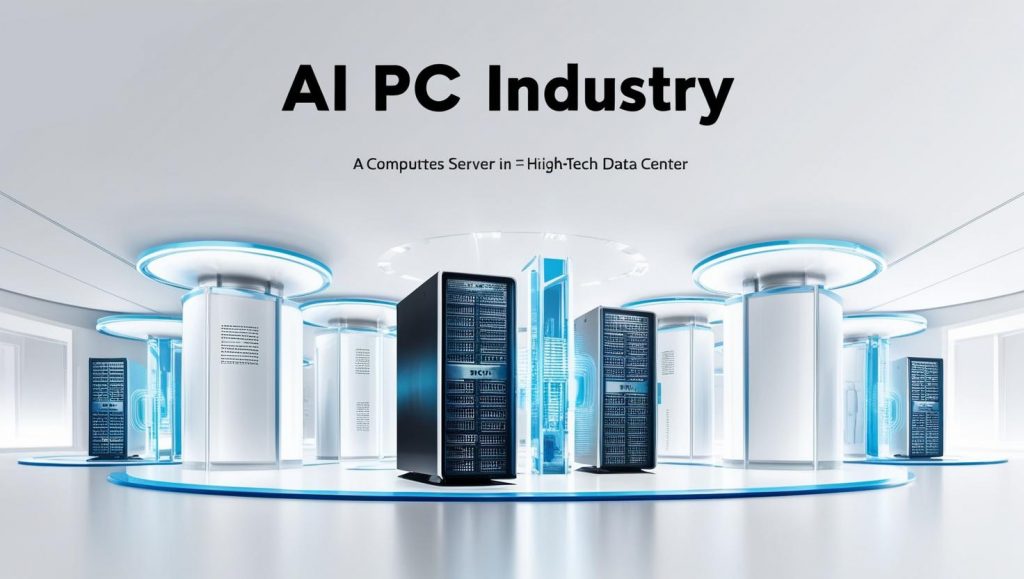The global AI PC market, in terms of value, is projected to reach 260.43 billion by 2031 from USD 91.23 billion in 2025, at a CAGR of 19.1%. The demand for AI PCs increases as users seek personalized, real-time computing experiences. With the rise of intelligent assistants and AI-powered applications, systems that can handle these tasks are becoming essential. Companies are adopting AI PCs to enhance decision-making and streamline workflows. Additionally, these devices are crucial for design, engineering, and data science professionals, offering improved speed, privacy, and offline capabilities.
Current trends in the AI PC market focus on integrating Neural Processing Units (NPUs) with CPUs and SoCs to enhance on-device AI efficiency. Innovations in edge computing enable local data processing, reducing latency and bandwidth use. Additionally, thermal management and battery technology improvements allow AI PCs to handle demanding workloads effectively. The convergence of AI, high-performance graphics, multi-modal inputs (such as facial recognition and voice commands), and advanced algorithms transforms PCs into smart, context-aware devices.

Download PDF Brochure @ https://www.marketsandmarkets.com/pdfdownloadNew.asp?id=64905377
North America leads the global AI PC market due to its advanced technological ecosystem and high innovation adoption. It is home to major companies such as Apple, Dell, HP, and Intel, which significantly invest in AI technologies to enhance productivity, automation, and data management. Government support for AI research and the digital transformation in sectors such as education, healthcare, finance, and defense has driven market growth. A strong network of AI software developers and cloud providers fosters innovation in AI hardware and applications. The region’s robust edge computing and 5G infrastructure enable low-latency, high-speed data processing, reinforcing North America’s dominance in the AI PC market.
The consumer segment is anticipated to grow fastest among AI-powered PC users, driven by rising demand for intelligent and personalized computing. Users expect real-time capabilities such as voice recognition, predictive typing, smart image editing, and adaptive power management without relying on cloud services. Increased content creation and e-learning have heightened the need for high-performance PCs with multitasking and AI features. Leading companies market AI PCs as essential lifestyle products, offering superior performance, extended battery life, and enhanced security. These devices are becoming more efficient and affordable by integrating AI-optimized hardware and software. As AI technologies evolve, consumers adopt these PCs to future-proof their computers and adapt to the changing digital landscape.
Notebooks/desktops lead the AI PC market by product with their versatility, processing, and wide consumer and enterprise uptake. Notebooks are gaining traction for their flexibility and high-speed performance. They appeal to professionals, students, and creatives needing on-device AI for tasks including photo and video processing and virtual collaboration. Meanwhile, desktop PCs remain vital in education, research, engineering, and gaming, where high-performance hardware is essential for complex AI models and data-heavy applications. Major chip manufacturers such as Intel, AMD, and Apple support the growth of AI notebooks and desktops. Consumer demand is increasing with vendors integrating AI capabilities into traditional PCs, including adaptive performance and intelligent cooling. This combination of flexibility and affordability solidifies desktops and notebooks as leaders in the AI PC market.
GPUs are expected to record the highest CAGR in the compute segment of the AI PC market due to their parallel processing architecture, which effectively handles computationally intensive AI applications such as deep learning, image processing, and real-time analytics. Unlike CPUs, which are designed for general tasks, GPUs support carrying out thousands of instructions per second. They are particularly suitable for driving AI computation in various applications across creative content production, games, and scientific simulation. As more artificial intelligence-based applications become prevalent in consumer and professional settings, demand for GPUs that can handle such applications keeps surging. The growth in the adoption of generative AI software, sophisticated photo and video editing, 3D rendering, and AI-powered machine learning applications on consumer devices continues to drive demand for high-performance GPUs. Top GPU vendors, such as NVIDIA and AMD, also add AI-focused optimizations to their designs, including Tensor Cores and AI-enhanced upscaling, that boost performance without compromising power efficiency.
Top players in the AI PC market are adopting various strategies to strengthen their position and drive innovation. Apple, for example, is focusing on in-house chip development, such as M-series chips with integrated Neural Engines, to allow hardware-software integration to facilitate more integrated AI operations. Other companies, including Dell, HP, Lenovo, and ASUS, are working with semiconductor industry leaders, such as Intel, AMD, and NVIDIA, to incorporate specialized AI accelerators and GPUs into their products, providing high-performance on-device processing. These companies also work with software developers to build AI-enhanced user experiences, including smart assistants, power management, and predictive workflow.
